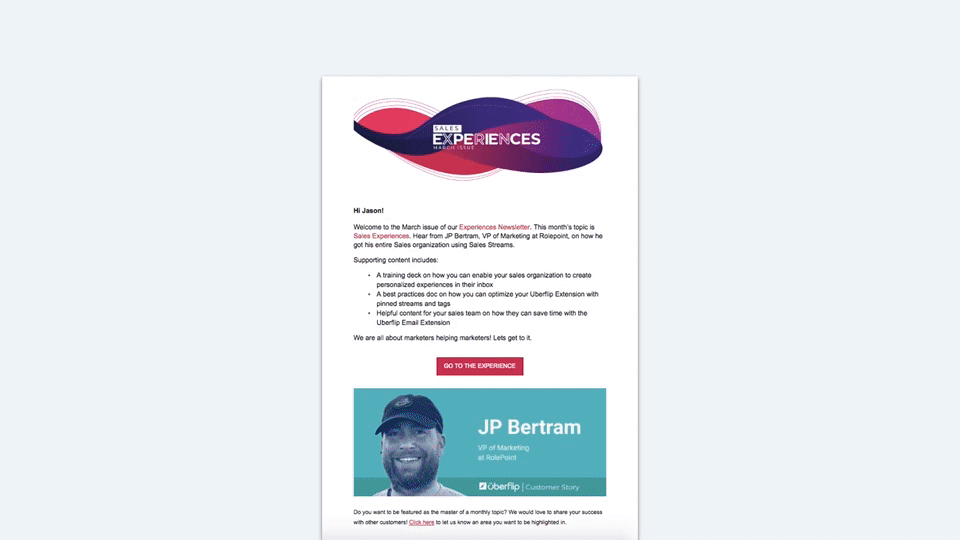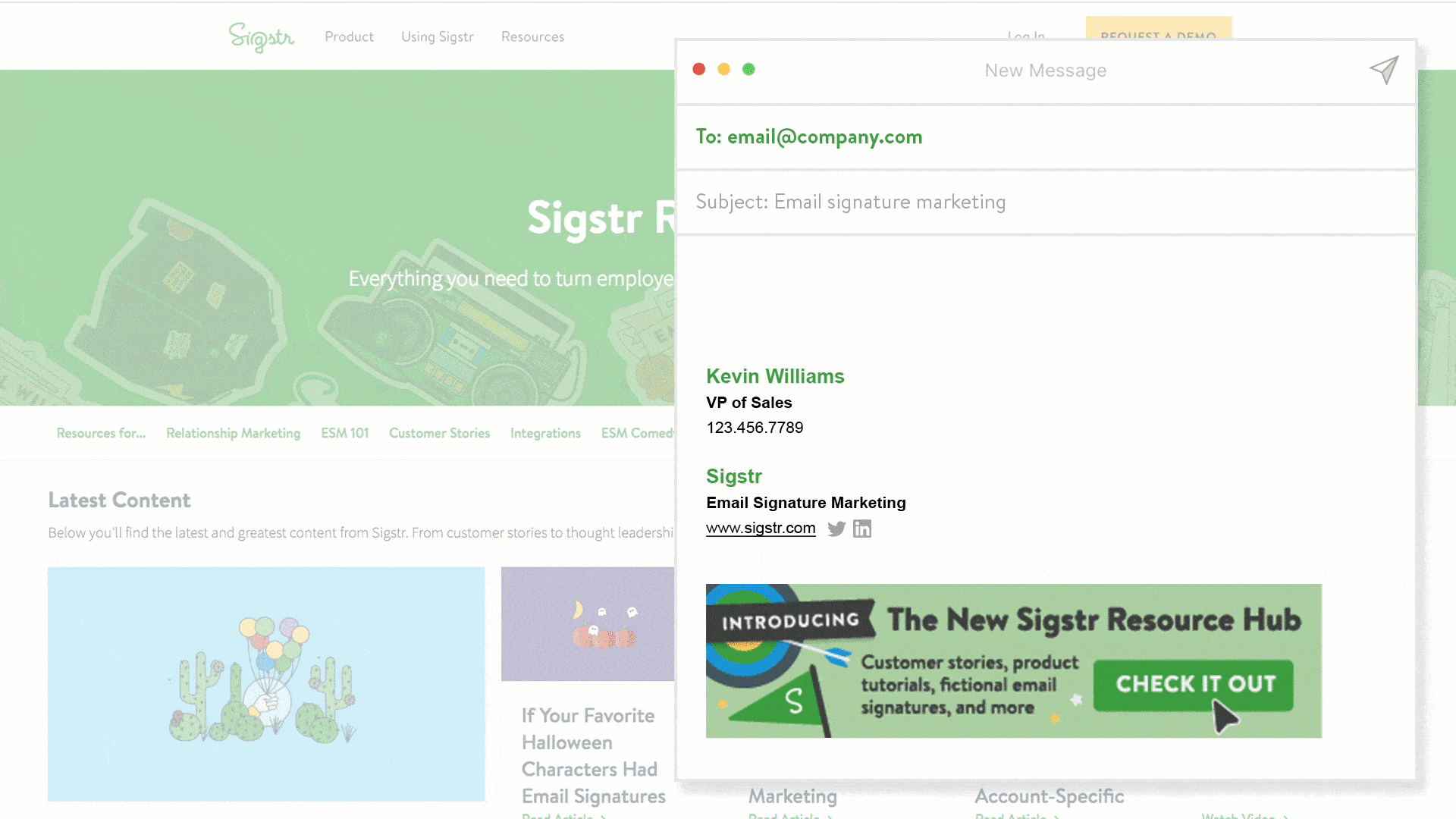(Getting Started) What Is Demand Generation?
Demand generation is one of those ambiguous terms you hear throughout many marketing departments, and, depending on who you ask, can mean very different things.
In this post, I want to try to level set how we (at Uberflip) see demand generation and where it sits in your overall go-to-market strategy.
You may have a different definition, and that’s great, but for the purposes of understanding the content experience maturity model, it’s important that we all get on the same page, compare apples to apples, speak the same language … you get the idea.
So, what is demand generation?
We define demand generation as all of the marketing-influenced touch points that drive prospects along the buyer’s journey, after the initial awareness stage. When thinking of prospects, this is the nurturing that occurs as you drive leads down the marketing and sales funnel. When referring to customers, these are the marketing touch points that lead them to greater adoption, upsell, expansion, and advocacy.
In my opinion, demand generation is often difficult to pin down because it encompasses so much. There are so many touch points along the buyer and customer journey that it creates a seemingly endless list of “demand gen” programs, plays, tactics, whatever you want to call them.
In influencing so much of that buyer journey, demand generation also intersects heavily with sales. The demand generation marketer is guiding prospects through the funnel into the capable hands of eager sales reps, with lead scoring as their GPS and opportunity stages as checkpoints along the way.
While it may seem daunting, it’s also exciting, because as marketers, we have the opportunity to experiment with different strategies and formats that influence buyers and take them from point A to point B, be that a purchase, upsell, or referral.
So what are some of the things that a marketer can do to generate demand? That is literally the million-dollar question. Here are a number of strategies you can implement to drive your customers from initial awareness to sale, and beyond:
Programmatic Nurture Campaigns
Leverage marketing automation platforms like Eloqua, Marketo, Pardot, and HubSpot to deliver automated email marketing programs at scale. You can develop automated drip campaigns that trigger based on buyer actions and drive them to contextual content experiences.
Newsletters
This example can also leverage your MAP to deliver weekly, monthly, or quarterly newsletters to your buyers and/or customers. These can include things like relevant new content, product releases, and upcoming events or webinars they can attend.

Field Events and Meetups
Leverage your customer base to schedule things like meetups, seminars, and social events as a great way to strengthen customer relationships and further opportunities by connecting them with advocates.

Webinars and Virtual Summits
Host online webinars or complete virtual summits as a way to educate customers and prospects on things like best practices, industry trends, and feature releases. =
Direct Mail
Direct mail is back, baby! People may overlook an email, but nobody tosses a package in the trash without looking inside. Directly mailing your buyers personalized packages is a pricier, but guaranteed, way to get their attention.
Retargeted, Personalized Ads
With today’s ad platform technology, it’s easier than ever to reach your buyers with personalized ads that re-engage them with your brand and content.

Social Outreach
Researchers say that the average adult spends over two hours a day on social media. This presents a huge opportunity for demand generation marketers to post relevant content or engage in conversations with buyers.
Personalized Email Signatures
According to Sigstr, 274 billion emails are sent every day. There’s plenty of opportunity there for marketers to leverage their technology to display personalized ads at the bottom of every employee email.

While this article has a number of great strategies (that you should totally implement), it is by no means an all-encompassing list. The beauty of demand gen is that smart marketers are coming up with innovative new strategies every day.
If you have a cool example or idea to share, please comment below and let us know!

